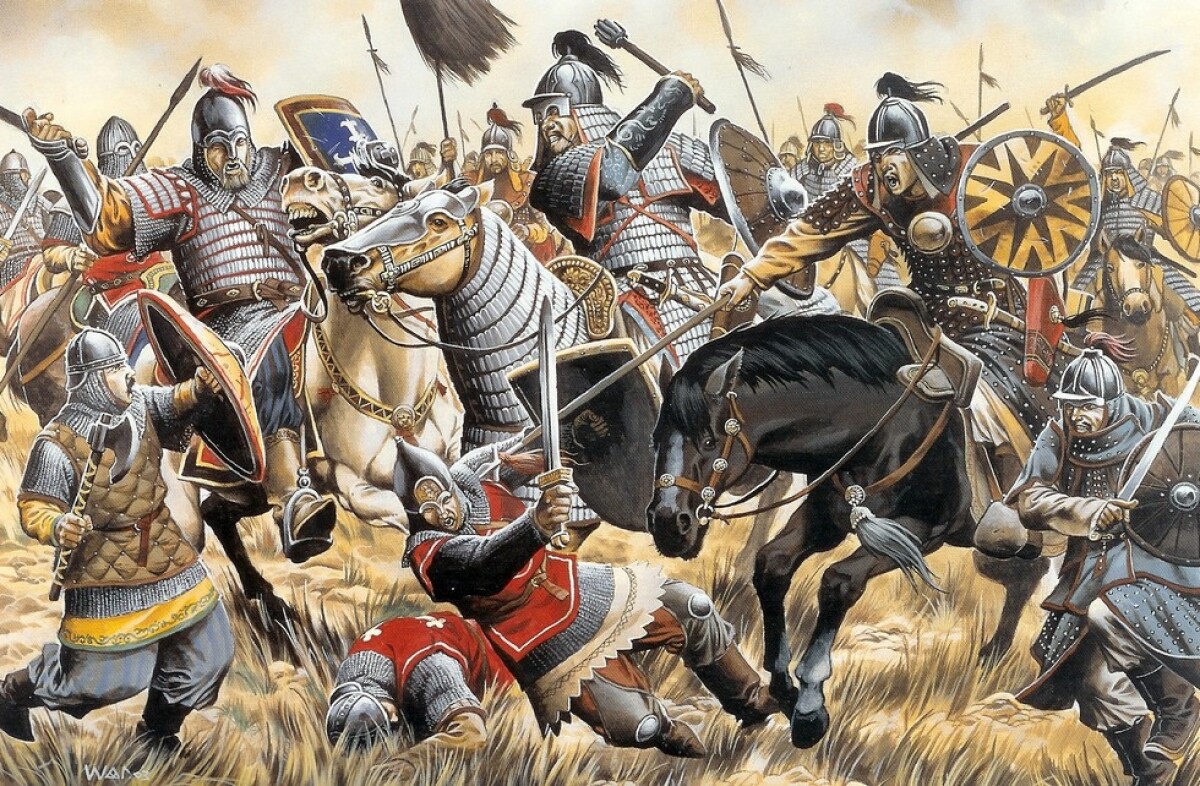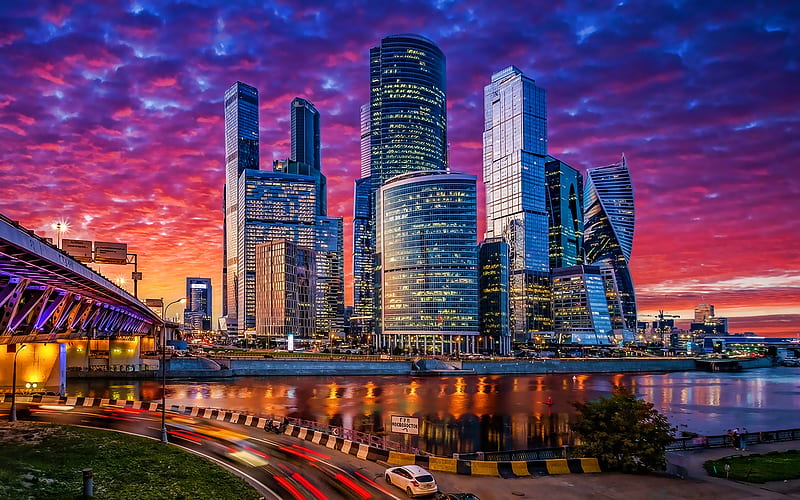Unveiling a Millennium: A Detailed Timeline of Russian History, From Kievan Rus’ to Modern Superpower
Russia’s sprawling landmass and tumultuous past have shaped a nation of immense historical significance, from its ancient Slavic roots to its modern geopolitical standing. This comprehensive detailed timeline of Russian history delves into the pivotal moments, transformative leaders, and defining eras that forged “Mother Russia,” explaining how a collection of disparate principalities evolved into a global force. Understanding this intricate history is crucial for grasping Russia’s identity, its impact on the world stage, and the forces that continue to shape its destiny.
II. The Foundations: Kievan Rus’ and the Birth of a Nation (c. 862 – 1240 AD)
- A. Origins and Early Settlements: The story begins with the East Slavs, who formed scattered settlements. Around the mid-9th century, the Varangians (Norse Vikings) arrived, traditionally invited to bring order. This led to the founding of the Rus’ state by Oleg of Novgorod in 862 AD. Soon, Kiev emerged as the crucial center of power and trade, strategically located along the Dnieper River.
- B. The Golden Age of Kievan Rus’: This period saw significant development.
- Christianization (988 AD): Perhaps the most profound event was Prince Vladimir the Great’s adoption of Orthodox Christianity from Byzantium. This single decision had a monumental impact, shaping Russian culture, identity, and its future ties with the Byzantine Empire rather than Western Europe. [1]
- Yaroslav the Wise further solidified the state, overseeing the development of the first written legal code, the “Russkaya Pravda.”
- This era was marked by flourishing trade, culture, and impressive architecture, reflecting a vibrant early state.
- C. Decline and Fragmentation: Unfortunately, internal strife among princely families, vying for power and inheritance, gradually weakened central authority. This led to the rise of regional centers and a fragmented landscape.
III. The Mongol Yoke and the Rise of Muscovy (c. 1240 – 1547 AD)
- A. The Mongol Invasions (1237-1240): A cataclysmic event, the Mongol invasions under Batu Khan devastated Kievan Rus’ cities, including the once-grand Kiev. This led to the establishment of the Golden Horde, imposing two centuries of brutal Mongol rule over much of Russia. The impact was profound: economic drainage, immense destruction, and significant isolation from the evolving Western European developments. [2]
- B. The Ascendancy of Moscow: During this period of Mongol overlordship, a new power began to quietly rise: Moscow. Its strategic location, nestled amidst rivers and forests, coupled with the cunning political maneuvering of its Grand Princes, allowed it to gradually consolidate power and territories.
- C. Throwing off the Yoke: The culmination of this gradual rise came with Ivan III, known as Ivan the Great. In 1480, he famously ended Mongol domination, effectively throwing off the “Yoke.” This pivotal moment marked the unification of many disparate Russian principalities under Muscovite rule, laying the groundwork for a unified Russian state.
- D. Ivan the Terrible and the Tsardom’s Dawn: Ivan IV, better known as Ivan the Terrible, took the decisive step of being crowned the first Tsar of Russia in 1547. His reign saw the significant expansion of Muscovite territory, notably into Siberia. However, it also cemented the establishment of autocracy and was marked by a reign of terror against the nobility, leaving a complex and dark legacy.
IV. The Russian Empire: Expansion, Modernization, and Romanov Rule (1547 – 1917)

- A. The Time of Troubles (1598-1613): Following Ivan the Terrible’s death, Russia plunged into a chaotic period known as the Time of Troubles. Characterized by a deep succession crisis, civil war, and foreign intervention, it brought the nation to the brink of collapse.
- B. The Romanov Dynasty Begins (1613): From the ashes of chaos rose Mikhail Romanov, whose coronation in 1613 ushered in the Romanov Dynasty, a lineage that would rule Russia for over three centuries.
- C. Peter the Great and the Westernization of Russia (1689-1725): A truly transformative figure, Peter the Great famously embarked on radical reforms aimed at modernizing Russia along Western European lines. He renamed the state to the Russian Empire in 1721 and fundamentally restructured the military, administration, education, and even culture. His most enduring legacy is perhaps the founding of St. Petersburg, a new capital city built on swamplands, designed as Russia’s “Window to the West.” Thanks to his efforts, Russia was firmly established as a major European power. You can learn more about this period in many a history of Russian Empire documentary. [3]
- D. Catherine the Great: Enlightenment and Expansion (1762-1796): Another remarkable monarch, Catherine the Great, continued Peter’s modernizing efforts. Her reign saw a flourishing of culture and significant territorial gains, most notably the annexation of Crimea. She further strengthened Russia’s influence across Europe.
- E. The 19th Century: Wars, Reforms, and Growing Unrest:
- Napoleonic Wars (1803-1815): Russia played a pivotal role in defeating Napoleon’s Grand Army, a victory that cemented its status as an undeniable European power.
- Abolition of Serfdom (1861): Alexander II’s monumental reform abolished serfdom, a deeply entrenched system. While intended to modernize, it led to complex societal consequences, including widespread discontent among the newly freed peasants.
- The century also saw rapid industrialization, which brought with it immense social tensions and the rise of revolutionary movements.
- The 1905 Revolution, though suppressed, served as a stark precursor to the much larger upheaval to come.
- F. World War I and the Collapse of the Tsarist Regime (1914-1917): The devastating impact of World War I, coupled with internal inefficiencies and growing disillusionment with Tsar Nicholas II, proved to be the final straw for the Romanov dynasty.
V. Revolution, Communism, and the Soviet Superpower (1917 – 1991)
- A. The Russian Revolutions of 1917: Two seismic events rocked Russia in 1917:
- February Revolution: Mass protests led to the abdication of the Tsar, ending three centuries of Romanov rule and ushering in a provisional government.
- October Revolution: Later that year, the Bolsheviks, led by Vladimir Lenin, seized power in a swift coup, laying the groundwork for a communist state.
- B. The Russian Civil War (1917-1923): A brutal conflict ensued between the Bolsheviks’ Red Army and various anti-Bolshevik forces (the White Army), often supported by foreign powers. The Bolshevik victory led to the formation of the Union of Soviet Socialist Republics (USSR) in 1922.
- C. Stalin’s Era: Industrialization and Terror (1929-1953): Joseph Stalin’s rule was marked by ruthless totalitarian control. His ambitious five-year plans transformed an agrarian society into a formidable industrial power, albeit at immense human cost through forced collectivization of agriculture and the horrific Great Purge, which eliminated millions.
- D. World War II: The Great Patriotic War (1941-1945): The Nazi invasion (Operation Barbarossa) inflicted unimaginable suffering and human cost on the Soviet Union. However, the Soviet resistance, culminating in pivotal victories like the Battle of Stalingrad, proved decisive. Soviet victory and the Red Army’s push into Eastern Europe fundamentally reshaped the continent.
- E. How Russia Became a Superpower (Post-WWII): The question of how did Russia become a superpower history is often asked, and the answer lies in several intertwined factors that emerged post-WWII:
- Geopolitical Vacuum: The collapse of other major European empires (British, French) left a power vacuum, positioning the US and USSR as the two dominant global forces.
- Massive Industrial Base: Built through Stalin’s rapid industrialization efforts, the Soviet Union possessed a vast industrial capacity, enabling immense military production.
- Vast Natural Resources: Russia’s immense natural resource wealth provided the essential raw materials for its economic and industrial might.
- Military Expansion: The USSR maintained the world’s largest standing army and rapidly developed nuclear weapons by 1949, balancing the atomic threat posed by the US.
- Eastern Bloc/Sphere of Influence: The establishment of satellite states and communist regimes in Eastern Europe created a vast geopolitical bloc under Soviet control, significantly expanding its influence and strategic depth. [4]
- F. The Cold War (1947-1991): The post-war period was dominated by the Cold War, a global ideological and geopolitical struggle between the Soviet Union and the United States. This era saw a relentless arms race, a thrilling space race, and numerous proxy conflicts around the world, though direct military confrontation between the two superpowers was avoided. The USSR experienced periods of De-Stalinization under Khrushchev and later, economic stagnation under Brezhnev.
- G. Perestroika, Glasnost, and Dissolution (1980s-1991): Mikhail Gorbachev’s attempts at economic restructuring (Perestroika) and political openness (Glasnost) ultimately unleashed forces that led to growing internal dissent and insurmountable economic struggles. In 1991, the Soviet Union formally dissolved, ending an era that had defined much of the 20th century.
VI. Modern Russia: Challenges, Rebuilding, and Global Re-emergence (1991 – Present)
- A. The Post-Soviet Transition: The immediate aftermath of the USSR’s collapse was marked by significant economic and political instability. Boris Yeltsin’s presidency oversaw a chaotic transition to a market economy, facing immense challenges.
- B. Vladimir Putin’s Era: Beginning in 1999, Vladimir Putin’s leadership brought a period of stabilization and a strong centralization of power. Fueled by rising natural resource prices, Russia experienced renewed economic growth. His era has also been defined by an increasingly assertive foreign policy, aimed at restoring Russia’s global influence and perceived geopolitical standing.
- C. Contemporary Russia: Today, Russia continues to play a complex and often controversial role in international affairs. It faces ongoing challenges, from economic diversification to demographic shifts, while also leveraging its vast resources and historical legacy to assert itself on the world stage.
VII. Conclusion: The Enduring Legacy of Russian History
- A. Recap: From a loose tribal confederation in Kievan Rus’ to the vast Russian Empire and then the powerful Soviet Union, before emerging as the modern Russian Federation, Russia’s journey has been one of astonishing transformations.
- B. Key Takeaways: Recurring themes throughout this detailed timeline of Russian history include relentless territorial expansion, a strong tendency towards centralized autocratic power, incredible resilience in the face of adversity, and a distinct cultural identity profoundly shaped by Orthodox Christianity and centuries of internal and external struggles.
- C. Future Outlook: This rich and often turbulent history continues to cast a long shadow, profoundly influencing Russia’s present decisions and future trajectory on the global stage. Understanding its past is crucial for comprehending its present and anticipating its future.
- D. Call to Action: We hope this extensive timeline has sparked your curiosity! We encourage you to delve deeper into specific periods or influential figures that captured your interest in this remarkable saga.
Watch this excellent history of Russian Empire documentary to deepen your understanding:
Sources & Further Reading:
- [1] History.com – History of Russia
- [2] Wikipedia – Mongol Invasion of Rus’
- [3] Britannica – Peter the Great
- [4] Council on Foreign Relations – How Russia Became a Superpower







